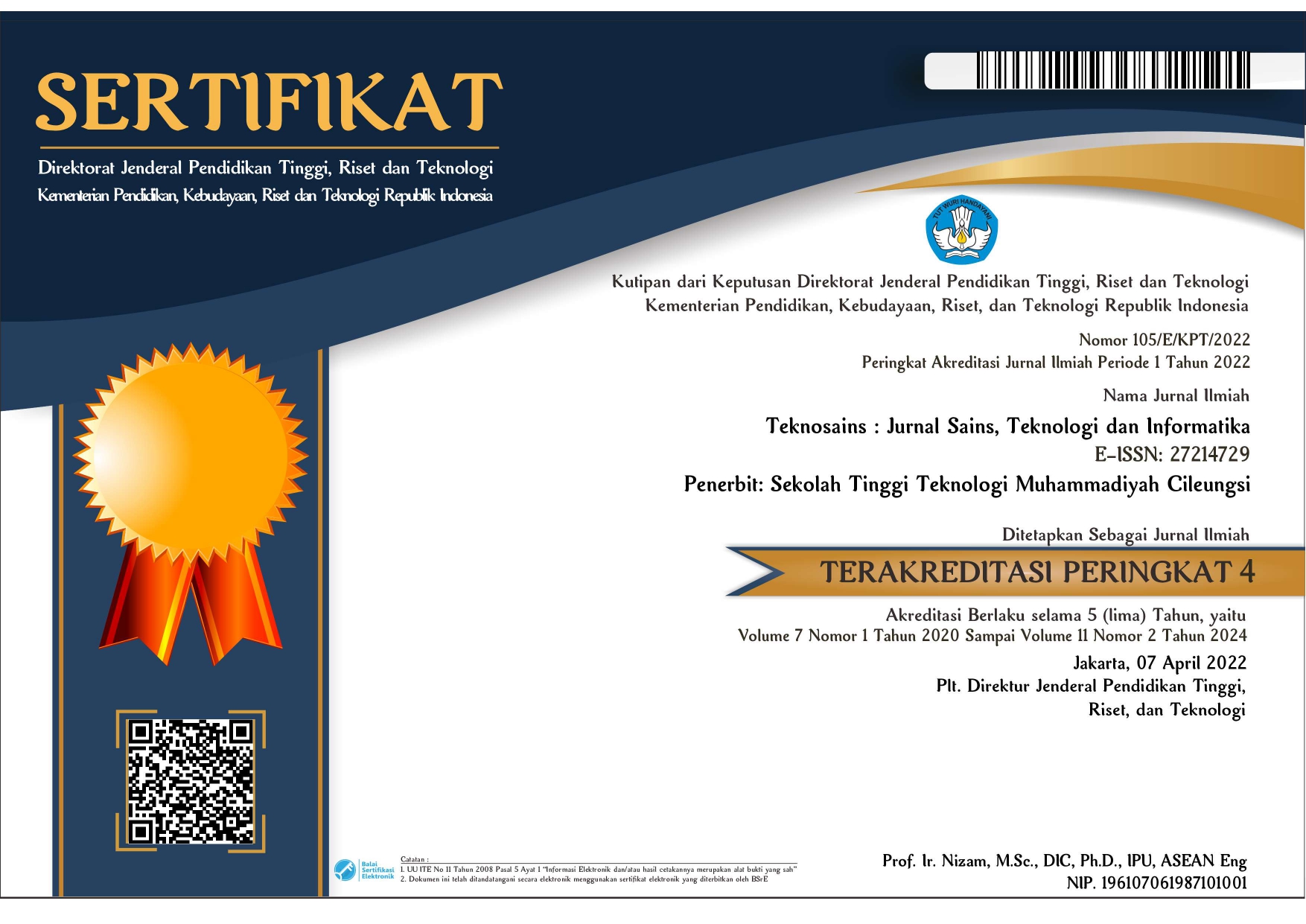Impact of infill pattern and line width on tensile strength of PLA FDM 3d printing
Abstract
Mechanical properties of Fused Deposition Modelling (FDM) 3D-printed products are a top priority in prosthesis manufacturing. Damage to 3D-printed products is often caused by the low mechanical strength when subjected to loading. Many parameters can influence the strength of the printed product during the process, including the infill pattern and line width. The infill pattern and line width serve as benchmarks for product quality, making it important to understand the impact of printing parameters to achieve optimal product strength. This study aims to analyze the mechanical properties of 3D-printed products through tensile testing with variations in infill pattern and line width. The method used to determine the mechanical properties is tensile testing. The tensile test samples were made using a Creality Ender 3 Pro 3D printer. The printing parameters were varied with three patterns: cubic, line, and triangle, as well as two infill line widths: 0.4 mm and 0.5 mm. The tensile test results showed significant differences in the variations of infill pattern and line width. The highest tensile strength was obtained with the line pattern and 0.5 mm line width, with an average tensile strength of 28.85 MPa, while the lowest value was observed with the cubic pattern and 0.4 mm line width, with an average of 27.63 MPa. These findings can serve as a valuable reference in the printing of prosthetic products using FDM 3D printing
Copyright (c) 2025 Agus Tri Wahyudi, Dini Cahyandari, Slamet Saefudin, Muhammad Subri

This work is licensed under a Creative Commons Attribution-NonCommercial 4.0 International License.









